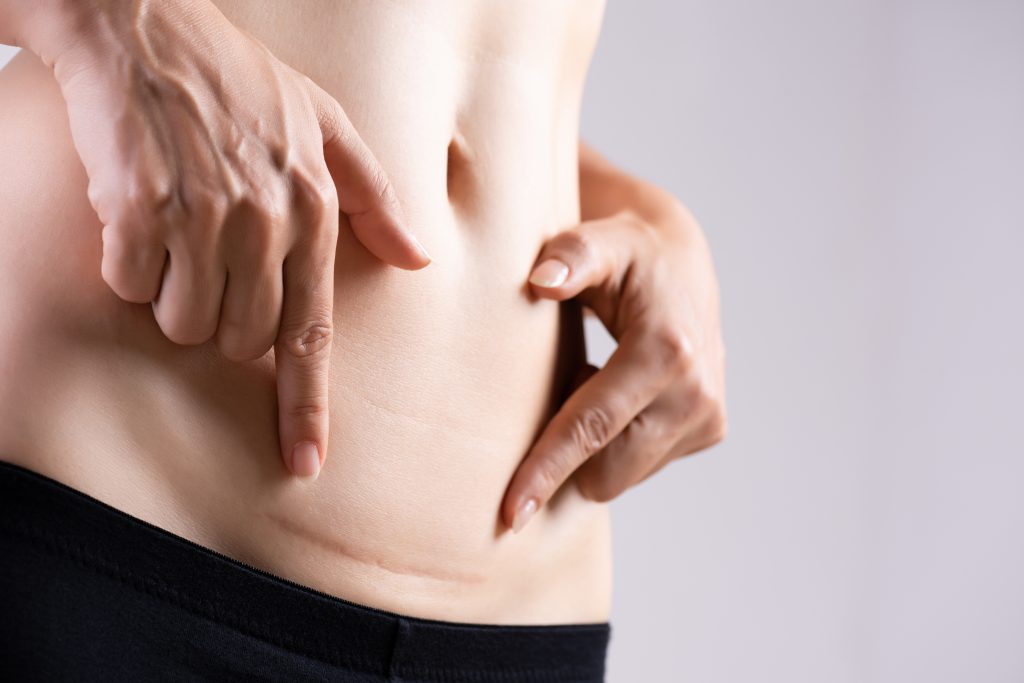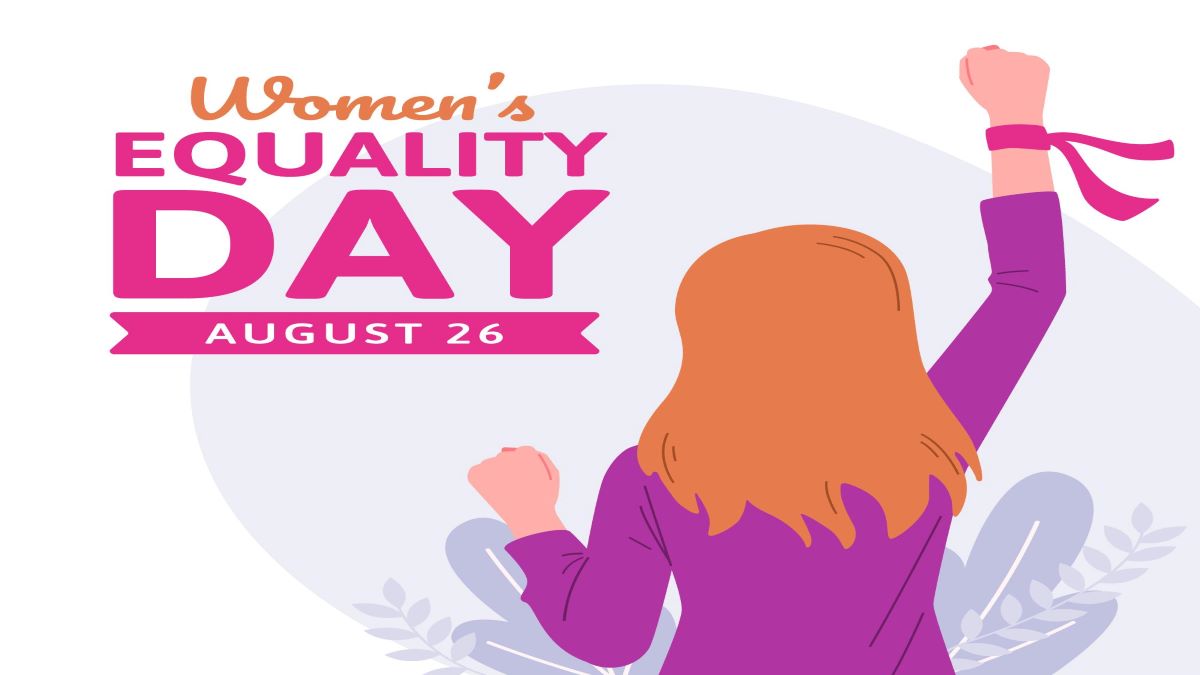Medically reviewed by Dr. Unsa Mohsin.
A child’s birth for a woman is personal. From where and how to deliver, to who you want in the room, there is a lot to consider prior to the baby’s birth. In many parts of the world, including Pakistan, women are often stigmatized for having a C-sections delivery.
There are a lot of misconceptions about it and we here set you straight on the five major myths associated with caesarean deliveries.
Myth #1: Once a caesarean, always a caesarean section
Many women avoid pursuing a vaginal birth after a caesarean section because they are afraid of giving a vaginal birth. Many women who have had caesarean sections assume their bodies cannot give birth like other women. That is entirely incorrect. Thousands of women every year give vaginal births after caesarean sections.
Myth #2: C-sections are not painful
Patients do not generally experience any pain during the caesarean section procedure, although they may experience considerable pain for 2 to 6 weeks after the surgery. Although the operation is commonly thought to be less painful than vaginal birth, it is by no means pain free. A child is larger than your vagina or bikini-line incision, regardless of how it arrives.
Myth #3: Vaginal birth after one caesarian increases the risk of uterine rupture
Women are often concerned that trying to give birth vaginally after a caesarian section would cause their uterus to break and split open at the incision location. This is not true. Experts estimate that the chance of uterine rupture after a single low transverse (bikini) cut is between 0.5 and 1%. Vaginal delivery puts even first-time mothers at risk of complications including uterine rupture, placental abruption, cord prolapse, and shoulder dystocia. Attempting a vaginal birth after a caesarean section does not increase the risk in any way. What really does is not giving your body full time to heal and getting conceiving again in less than two years.
Myth #4: Breastfeeding is not easy after a C-sections delivery
Your ability to nurse your baby is unaffected by the type of delivery. Although it might be more complicated at first, a woman can certainly breastfeed her child after a caesarean delivery. The medicines used are normally safe for breastfeeding, and you’ll be able to find comfortable positions with the aid of a lactation consultant or nurse.
Myth #5: Getting a C-sections section is a selfish luxury
The way a woman gives birth is a profoundly personal decision, and birth plans can alter. According to the WHO, a woman may need a caesarian section surgery due to prolonged labour, foetal distress, or the baby’s abnormal position. There are multiple risks of surgical complications associated with C sections and it is by no means a luxury.
Despite the fact that most patients are expected to deliver naturally via vaginal delivery, a caesarian section can be required at any time during pregnancy or labour. Since delivery is so unpredictable, patients should be aware of that, depending on how their pregnancy or labour progresses, caesarian sections could be the easiest or safest way to deliver a child. Every individual’s medical condition dictates which method is the safest for the mother and the child and there is no ‘better’ option to birth a child.
References:
Adams, R., 2017. 6 Myths About C-Sections, Busted. HuffPost. Available at: https://www.huffpost.com/entry/myths-c-sections_n_7089646
Bradley, S., 2020. Pregnancy After C-Section: Risks and How Long to Wait. Healthline. Available at: https://www.healthline.com/health/pregnancy/pregnancy-after-c-section#risks
East, L., 2011. Antenatal advice ‘perpetuates C-section myths’. BBC News. Available at: https://www.bbc.com/news/health-15106523
KIMS, 2017. Myths and Facts about Vaginal Birth after C-Section. KIMS Cuddles. Available at: https://www.kimscuddles.com/myths-facts-vaginal-birth-after-c-section/
WHO, 2021. Non-clinical interventions to reduce unnecessary caesarean sections. Available at: https://www.who.int/reproductivehealth/infographic-unnecessary-caesarean-section.pdf?ua=1.




